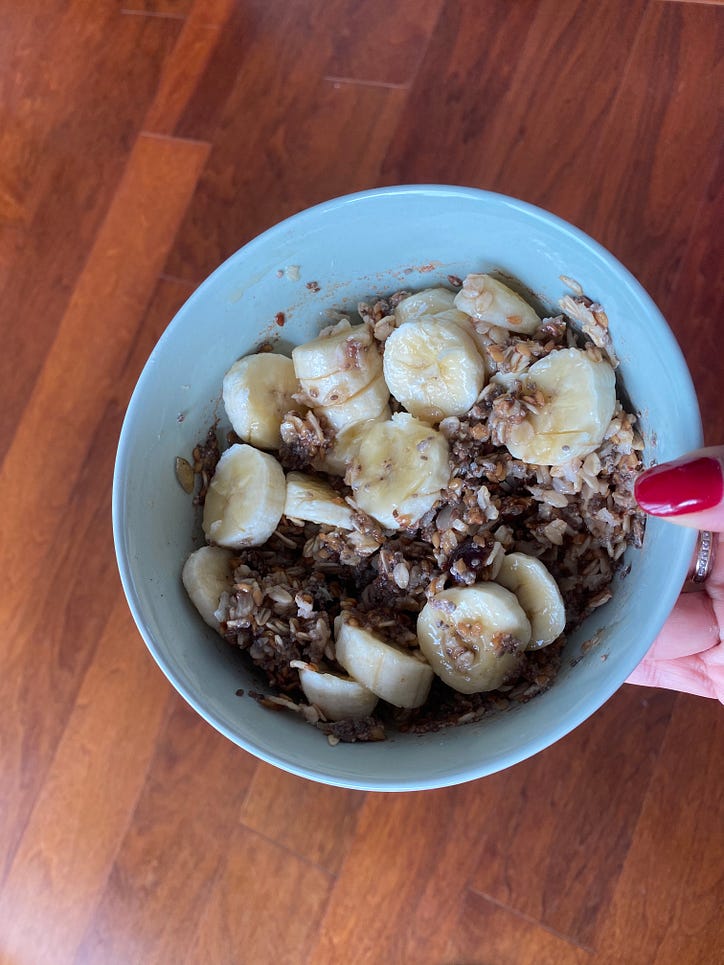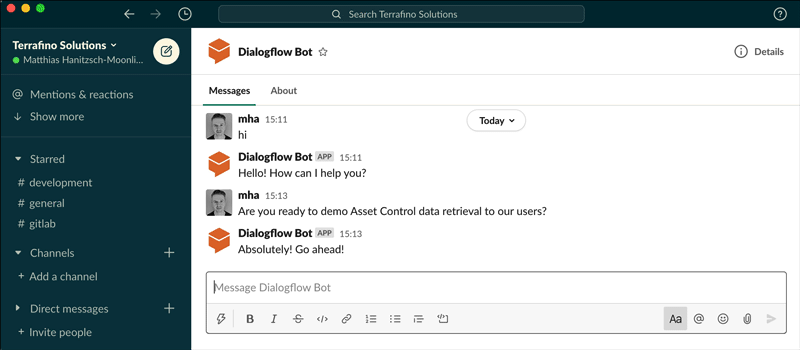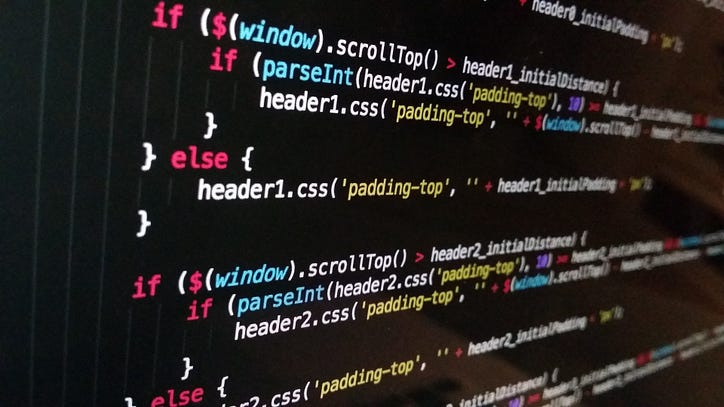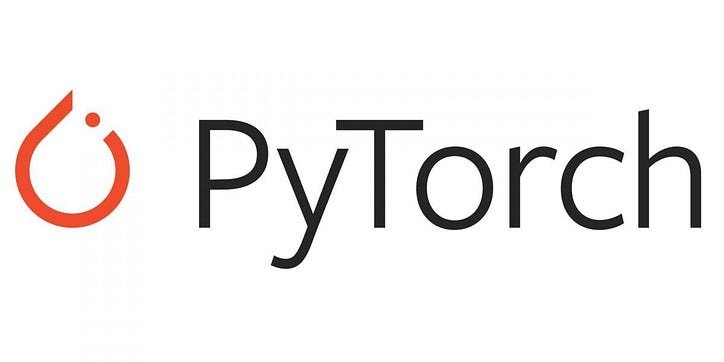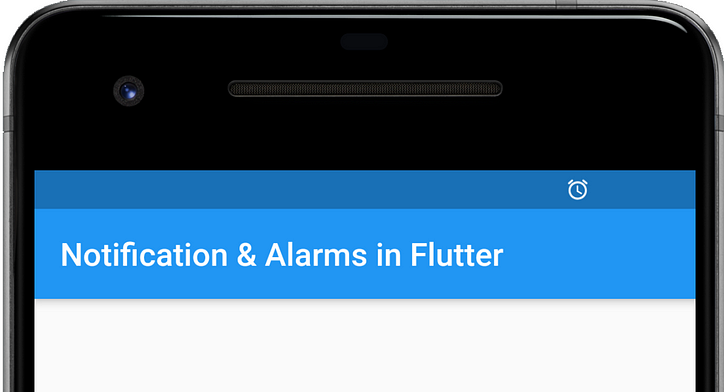Bắt đầu với GloVe Embeddings

Bạn có muốn sử dụng nhúng GloVe trong dự án của mình không? Các thuật ngữ khác nhau có gây rắc rối cho bạn không? Chúc mừng! Bạn đang ở đúng chỗ.
Lưu ý: Bài viết này không thảo luận về toán học đằng sau quá trình nhúng GloVe.
Trong bài viết này, chúng ta sẽ tìm hiểu cách sử dụng nhúng GloVe để chuyển đổi bất kỳ dữ liệu văn bản nào thành số. Chúng ta sẽ tìm hiểu các bước bằng cách sử dụng kho văn bản ngắn và sau đó chúng ta sẽ áp dụng các bước đó để nhúng bộ dữ liệu đánh giá phim IMDB. Chúng tôi sẽ sử dụng phần nhúng thu được để huấn luyện bộ phân loại cảm xúc nhị phân trên cùng một tập dữ liệu.
Bắt đầu nào!
Giới thiệu
Có nhiều phần mềm nhúng từ GloVe được đào tạo trước có sẵn để tải xuống. Bạn có thể tìm thêm thông tin về kho dữ liệu đào tạo của các cách nhúng Găng tay khác nhau trên trang web này. Trong hướng dẫn này, chúng tôi sẽ sử dụng các phần nhúng của Glovetwitter27b50d, có 50 kích thước và đã được đào tạo trên các tweet 2B từ Twitter.
Việc nhúng có sẵn dưới dạng tệp văn bản trong đó mỗi dòng có một chuỗi chứa một từ và biểu diễn vectơ của từ đó. Chúng tôi sẽ chuyển nội dung của tệp văn bản này thành từ điển.
# Read the text file
glovetwitter27b50d = "pathe_to_glovetwitter27b50d.txt"
file = open(glovetwitter27b50d)
glovetwitter27b50d = file.readlines()
# Convert the text file into a dictionary
def ConvertToEmbeddingDictionary(glovetwitter27b50d):
embedding_dictionary = {}
for word_embedding in tqdm(glovetwitter27b50d):
word_embedding = word_embedding.split()
word = word_embedding[0]
embedding = np.array([float(i) for i in word_embedding[1:]])
embedding_dictionary[word] = embedding
return embedding_dictionary
embedding_dictionary = ConvertToEmbeddingDictionary(glovetwitter27b50d)
# Let's look at the embedding of the word "hello."
embedding_dictionary['hello']
Output:
array([ 0.28751 , 0.31323 , -0.29318 , 0.17199 , -0.69232 ,
-0.4593 , 1.3364 , 0.709 , 0.12118 , 0.11476 ,
-0.48505 , -0.088608 , -3.0154 , -0.54024 , -1.326 ,
0.39477 , 0.11755 , -0.17816 , -0.32272 , 0.21715 ,
0.043144 , -0.43666 , -0.55857 , -0.47601 , -0.095172 ,
0.0031934, 0.1192 , -0.23643 , 1.3234 , -0.45093 ,
-0.65837 , -0.13865 , 0.22145 , -0.35806 , 0.20988 ,
0.054894 , -0.080322 , 0.48942 , 0.19206 , 0.4556 ,
-1.642 , -0.83323 , -0.12974 , 0.96514 , -0.18214 ,
0.37733 , -0.19622 , -0.12231 , -0.10496 , 0.45388 ])
sample_corpus = ['The woods are lovely, dark and deep',
'But I have promises to keep',
'And miles to go before I sleep',
'And miles to go before I sleep']
# This is the maximum number of tokens we wish to consider from our dataset.
# When there are more tokens, the tokens with the highest frequency are chosen.
max_number_of_words = 5
# Note: Keras tokenizer selects only top n-1 tokens if the num_words is set to n
tokenizer = Tokenizer(num_words=max_number_of_words)
tokenizer.fit_on_texts(sample_corpus)
sample_corpus_tokenized = tokenizer.texts_to_sequences(sample_corpus)
print(tokenizer.word_index)
Output:
{'and': 1, 'i': 2, 'to': 3, 'miles': 4, 'go': 5, 'before': 6, 'sleep': 7, 'the': 8, 'woods': 9, 'are': 10, 'lovely': 11, 'dark': 12, 'deep': 13, 'but': 14, 'have': 15, 'promises': 16, 'keep': 17}
print("But I have promises to keep: ", sample_corpus_tokenized[1])
Output:
But I have promises to keep: [2, 3]
Bây giờ chúng tôi đã chọn một bộ mã thông báo từ kho văn bản của mình, chúng tôi phải phát triển một ma trận nhúng cho chúng. Ma trận nhúng sẽ có các cột bằng với kích thước của nhúng và các hàng bằng với số lượng mã thông báo .
# Create embedding matrix
total_number_of_words = min(max_number_of_words, len(tokenizer.word_index))
embedding_matrix = np.zeros((total_number_of_words,50))
for word, i in tokenizer.word_index.items():
if i >= total_number_of_words: break
if word in embedding_dictionary.keys():
embedding_vector = embedding_dictionary[word]
embedding_matrix[i] = embedding_vector
Mạng thần kinh nhân tạo và thuật toán ML không thể xử lý độ dài đầu vào thay đổi, vì vậy chúng ta cần chuyển đổi phần nhúng của mọi chuỗi đầu vào thành một kích thước cố định. Có nhiều cách tiếp cận để làm điều này, nhưng cách đơn giản nhất là tổng hợp việc nhúng mọi mã thông báo vào một câu và chuẩn hóa vectơ.
def convertToSentenceVector(sentences):
new_sentences = []
for sentence in sentences:
sentence_vector = []
for word_index in sentence:
sentence_vector.append(embedding_matrix[word_index])
sentence_vector = np.array(sentence_vector).sum(axis=0)
embedding_vector / np.sqrt((embedding_vector ** 2).sum())
new_sentences.append(sentence_vecto
sample_corpus_vectorized = convertToSentenceVector(sample_corpus_tokenized)
# Print the 50-dimensional embedding of the first sentence in our text corpus.
print(sample_corpus_vectorized[0])
Output:
[-0.43196 -0.18965 -0.028294 -0.25903 -0.4481 0.53591
0.94627 -0.07806 -0.54519 -0.72878 -0.030083 -0.28677
-6.464 -0.31295 0.12351 -0.2463 0.029458 -0.83529
0.19647 -0.15722 -0.5562 -0.027029 -0.23915 0.18188
-0.15156 0.54768 0.13767 0.21828 0.61069 -0.3679
0.023187 0.33281 -0.18062 -0.0094163 0.31861 -0.19201
0.35759 0.50104 0.55981 0.20561 -1.1167 -0.3063
-0.14224 0.20285 0.10245 -0.39289 -0.26724 -0.37573
0.16076 -0.74501 ]
Phân loại tình cảm: Bộ dữ liệu đánh giá phim IMDB
# Read the data
df = pd.read_csv("IMDB_Dataset.csv")
X = df['review']
y = df['sentiment']
# Convert labels to numbers
le = LabelEncoder()
y = le.fit_transform(y)
# Split the data into train and test sets.
X_train, X_test, y_train, y_test = train_test_split(X, y, test_size=0.10, random_state=0)
#Set the maximum number of tokens to 50000
max_number_of_words = 50000
# Tokenize training set
tokenizer = Tokenizer(num_words=max_number_of_words)
tokenizer.fit_on_texts(X_train)
X_train = tokenizer.texts_to_sequences(X_train)
X_test = tokenizer.texts_to_sequences(X_test)
# Create embedding matrix
total_number_of_words = min(max_number_of_words, len(tokenizer.word_index))
embedding_matrix = np.zeros((total_number_of_words+1,50))
for word, i in tokenizer.word_index.items():
if i >= total_number_of_words: break
if word in embedding_dictionary.keys():
embedding_vector = embedding_dictionary[word]
embedding_matrix[i] = embedding_vector
# Get a fixed-size embedding for every comment using the function defined earlier
X_train = convertToSentenceVector(X_train)
X_test = convertToSentenceVector(X_test)
# Define a sequential model
model = Sequential()
model.add(Dense(100, input_shape = (50,), activation = "relu"))
model.add(Dense(1000, activation = "relu"))
model.add(Dropout(0.2))
model.add(Dense(1, activation = "sigmoid"))
model.compile(loss='binary_crossentropy', optimizer='adam', metrics=['accuracy'])
model.summary()
# Fit the model
model.fit(X_train, y_train, batch_size=32, epochs=10, validation_split=0.1)
# Get the classification report on the test set
y_pred = model.predict(X_test)
y_pred = y_pred.round()
print(classification_report(y_test, y_pred))
Output:
precision recall f1-score support
0 0.82 0.77 0.79 2553
1 0.77 0.82 0.80 2447
accuracy 0.80 5000
macro avg 0.80 0.80 0.80 5000
weighted avg 0.80 0.80 0.80 5000
max_number_of_words = 50000
max_length = 100
tokenizer = Tokenizer(num_words=max_number_of_words)
tokenizer.fit_on_texts(X_train)
X_train = tokenizer.texts_to_sequences(X_train)
X_test = tokenizer.texts_to_sequences(X_test)
# We can use padding to make the length of every comment equal to max_length
X_train = pad_sequences(X_train, maxlen=max_length)
X_test = pad_sequences(X_test, maxlen=max_length)
# Define a sequential model
model = Sequential()
# Add an embedding layer and pass the embedding matrix as weights
model.add(Embedding(max_number_of_words+1, 50, input_shape = (100,), weights=[embedding_matrix]))
model.add(Bidirectional(LSTM(50, return_sequences=True, dropout=0.1, recurrent_dropout=0.1)))
model.add(GlobalMaxPool1D())
model.add(Dense(50, activation="relu"))
model.add(Dropout(0.1))
model.add(Dense(1, activation="sigmoid"))
model.compile(loss='binary_crossentropy', optimizer='adam', metrics=['accuracy'])
model.summary()
# Fit the model
model.fit(X_train, y_train, batch_size=32, epochs=10, validation_split=0.1);
# Get the classification report
y_pred = model.predict(X_test)
y_pred = y_pred.round()
print(classification_report(y_test, y_pred))
Output:
precision recall f1-score support
0 0.87 0.83 0.85 2553
1 0.83 0.87 0.85 2447
accuracy 0.85 5000
macro avg 0.85 0.85 0.85 5000
weighted avg 0.85 0.85 0.85 5000
Bây giờ bạn đã hiểu rõ hơn về nhúng GloVe, bạn đã sẵn sàng áp dụng nó cho các vấn đề NLP khác nhau.
Lưu ý: Bạn có thể truy cập mã hoàn chỉnh từ liên kết này .
Tài liệu tham khảo :
- https://www.tensorflow.org/text/guide/word_embeddings
- https://www.kaggle.com/code/jhoward/improved-lstm-baseline-glove-dropout
- https://www.kaggle.com/code/abhishek/approaching-almost-any-nlp-problem-on-kaggle

![Dù sao thì một danh sách được liên kết là gì? [Phần 1]](https://post.nghiatu.com/assets/images/m/max/724/1*Xokk6XOjWyIGCBujkJsCzQ.jpeg)





